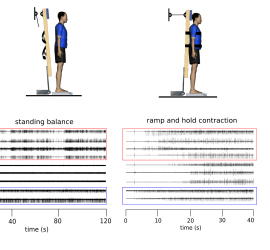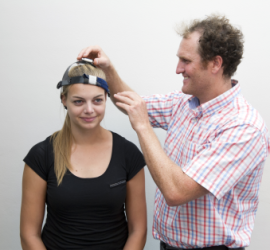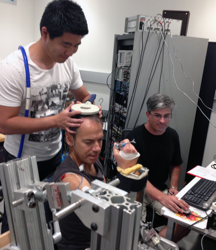Balancing act: calf muscles and standing balance
Similar to a pencil balanced on a finger tip, the standing human body is inherently unstable (Loram & Lakie, 2002). The vertical projection of the body’s center of mass passes in front of the ankle when we stand, which means active plantar flexion of the ankle is required to maintain […]




